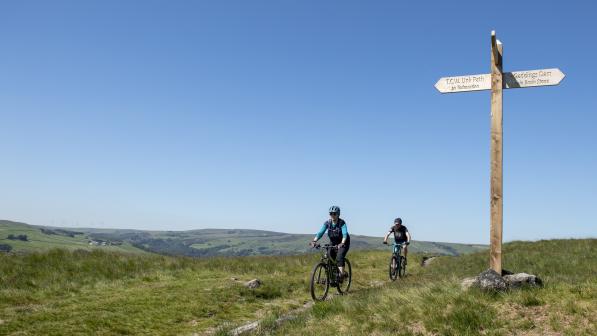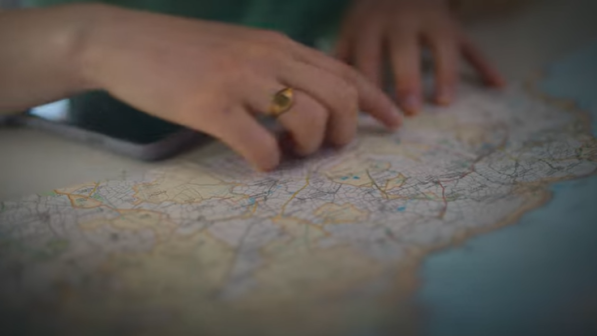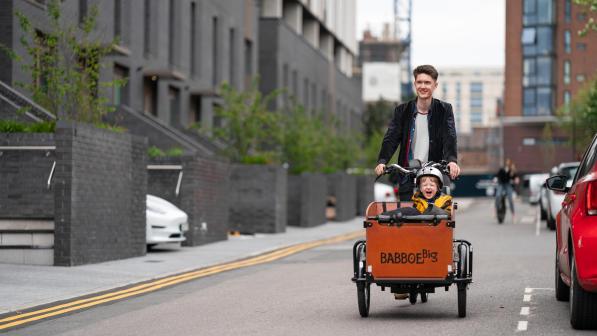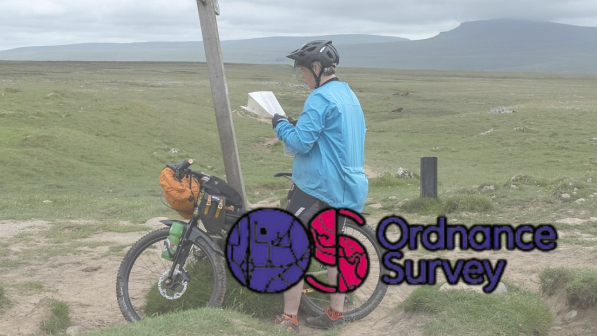Group test: GPS devices

GPS bike computers have revolutionised how we ride, with many models offering sat-nav-type mapping and turn-by-turn route navigation. Forget having to stop at each junction to check the paper map: these handy electronic devices can help keep you on your pre-planned route as you pedal, or display mapping so you can explore as you please.
While all GPS cycle computers will be able to record your ride and give you metrics such as speed and distance, modern units also boast comprehensive mapping functionality. These can load cycle routes in the form of GPX files and can often be linked to a companion app on your mobile so you can adjust your route on the fly.
You can scroll through a series of screens on your unit to see ride data and maps, which you can zoom in and out of to see more detail or move around, just as you might with digital maps on your phone or PC. Most GPS units can also display an elevation chart of your route, with more advanced models also boasting clever climbing features to help keep you informed about the challenges ahead.
While modern phones can also offer sat-nav-style navigation, given the right app, GPS units tend to last a lot longer before needing to be recharged.
Garmin Edge 1040 Solar £579 at the time of writing

In a first for GPS units, the Edge 1040’s touchscreen doubles up as a solar panel, converting sunlight into extra battery life. Even on cloudy days, the battery loses only 3% per hour when following a pre-planned route. The handy solar page lets you know how much additional battery time you have gained when there’s decent sunlight. While it isn’t enough to charge the unit fully, it comes in useful while touring to reduce charging time. Mapping is clear at a glance thanks to the large screen, accompanied by a huge selection of data during and after your ride.
Best for data lovers and those looking to extend battery life
Wahoo ELEMNT Roam 2 £348.90 at the time of writing

This update of the ELEMNT Roam features a more accurate GPS system, a USB-C charging port and a more colourful display. The operation feels simpler than other units, concentrating on the key functions. Physical buttons rather than a touchscreen make the Roam 2 practical in all weathers. Mapping and navigation are clear and intuitive; LEDs around the screen light up to show upcoming turns at a glance. Routes are easy to sync from route-planning apps to the Wahoo app, and are transferred automatically to the Roam.
Simple and easy to use with clear navigation
Hammerhead Karoo 2 £314.49 at the time of writing

The full-colour, high-resolution screen is the most striking part of the Karoo 2. It offers the clearest, most detailed mapping, though at the cost of battery life. The touchscreen and four side buttons makes using the map page easy but can be trickier to use with gloves on or in the rain. Even without a loaded route, the Hammerhead’s Climber feature shows elevation and distance data for climbs it predicts you’re heading for. Like other units, you can either load routes from other apps or make them through the Hammerhead route builder on a computer.
Impressive display clarity but a little fiddly to use
Bryton S800E £299.99 at the time of writing (bundle includes speed, cadence & heart rate sensors)

The S800E IS controlled via large 3.4" touchscreen display and four side buttons, one of which locks the touchscreen. Mapping is based on OpenStreetMaps. Frustratingly, the green trace of where you’ve ridden is hard to see against the green map background in woodland, though when following a preplanned route the purple line and arrow markings are clear. When linked to the Bryton Active app, an Explore feature allows you to select a route generated by the app, or you can sync your own pre-made routes from a number of third-party apps.
Good in principle but lacks the finesse of competitor units
Verdict
The Wahoo stands out for its elegant simplicity: it’s the only unit to not feature a touchscreen. It offers easily navigable and customisable data screens, and easy-to-follow routing.
Data lovers will adore the Garmin Edge 1040 Solar, while the touchscreen’s ability to earn back battery life is a solid plus for tourers or riders who enjoy very long rides. At a more wallet-friendly price point, Garmin’s Edge Explore 2 (£249.99) also offers route navigation without the solar feature.
The Hammerhead’s display will dazzle, with clever climbing features to boot, though the functionality can take a while to get used to.
Alas, the Bryton feels a little out of its class. It has some catching up to do before it can compete with other units at this price point.



